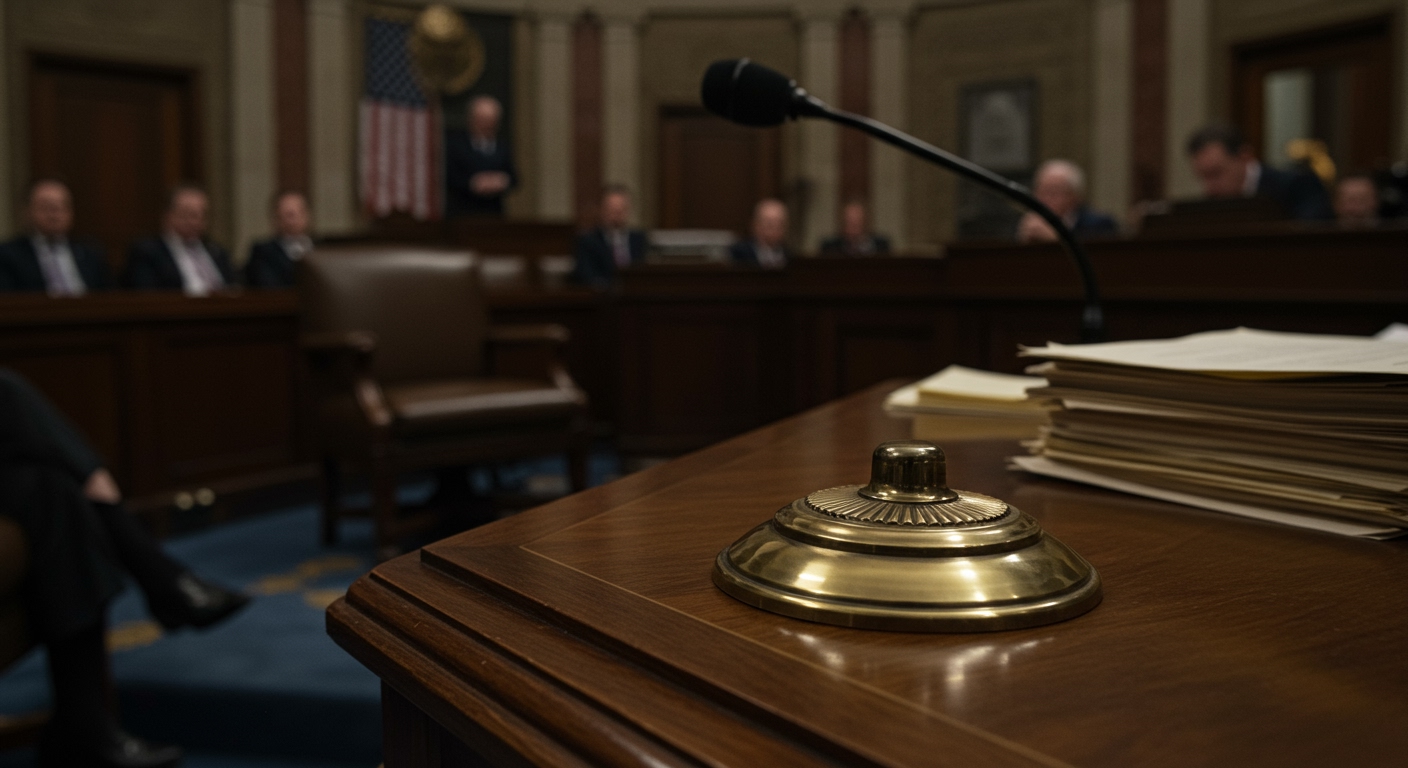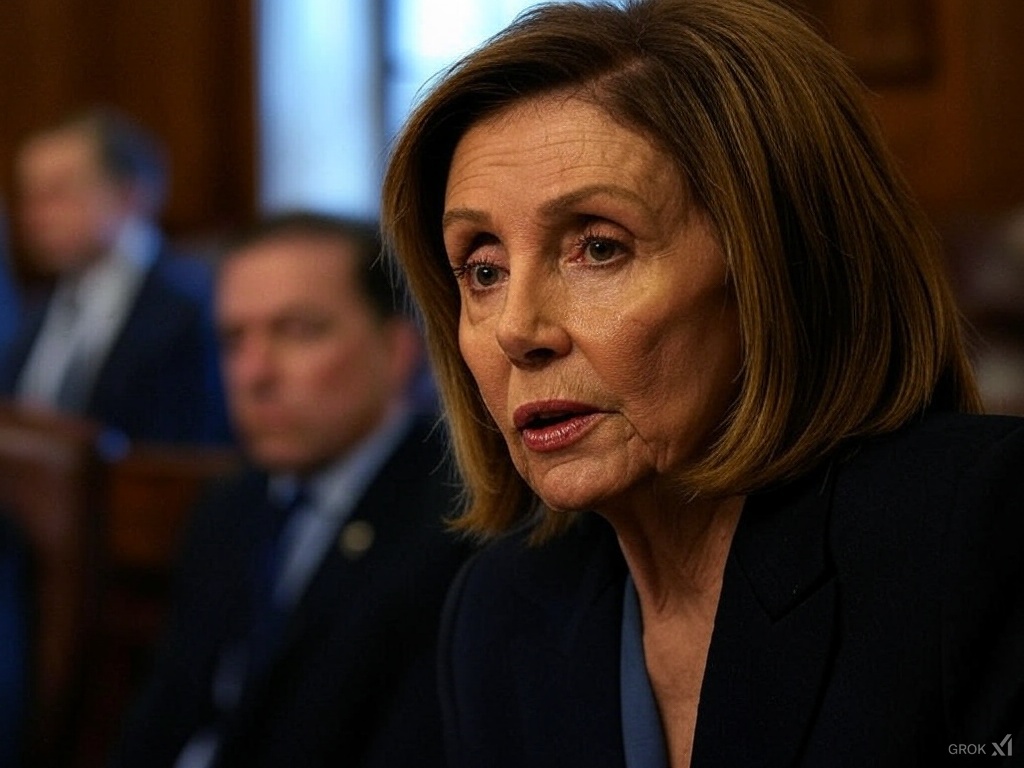Washington D.C. — A pivotal legislative battle is unfolding in the United States Senate as lawmakers grapple with President Trump’s signature proposal, a sweeping measure he has famously dubbed the “big beautiful bill.”
The legislation is currently facing a critical test on the Senate floor, where its fate hangs in the balance. With Republicans holding a slim majority, they can afford to lose the support of only three of their members for the bill to pass. Reports indicate the effort has already encountered significant resistance, with two Republican senators having reportedly declared their opposition, putting the bill’s passage in immediate jeopardy.
The Bill’s Stated Purpose vs. Economic Projections
The administration and proponents of the bill assert that its primary aim is to prevent a projected “$4 trillion tax increase” that they claim is scheduled to take effect on January 1. They argue that the bill’s measures are necessary to avert significant economic harm.
However, independent analyses paint a starkly different picture of the bill’s potential consequences. The non-partisan Congressional Budget Office (CBO), tasked with providing economic analysis to Congress, has issued a sobering assessment. According to the CBO’s estimates, the legislation could lead to a substantial loss of healthcare coverage, potentially leaving approximately 11.8 million Americans without insurance.
Furthermore, the CBO projects that the bill would enact significant cuts to the Medicaid program, a vital safety net for low-income individuals, families, pregnant women, elderly adults, and people with disabilities. These proposed cuts are estimated to exceed $1 trillion over the next decade.
The CBO’s report also raises alarms about the bill’s impact on the nation’s fiscal health. It warns that, despite claims of fiscal responsibility, the legislation could substantially increase the U.S. national debt deficit, adding an estimated $3.3 trillion over the coming decade.
Energy Policy and Political Maneuvering
Beyond its broad economic and healthcare provisions, the bill also includes significant changes to national energy policy. Among its controversial elements are provisions designed to end subsidies for renewable power sources, such as solar and wind energy. Additionally, the bill proposes introducing a new tax specifically targeting solar and wind projects, a move critics argue would hinder the growth of clean energy and potentially impact efforts to address climate change.
The intense political pressure surrounding the bill was underscored by the actions of one Republican senator. Senator Thom Tillis, after voting against proceeding to debate the bill on Saturday, subsequently announced his intention to retire from the Senate. His vote and announcement drew swift and sharp criticism from President Trump, highlighting the high stakes and deep divisions within the Republican party over the legislation.
Opposition Voices and Urgency
The bill has also faced vocal opposition from across the political spectrum, particularly from Democrats concerned about its impact on vulnerable populations. Senator Bernie Sanders, an independent who caucuses with Democrats, has been a prominent critic, speaking out forcefully against the bill. Senator Sanders has specifically criticized potential cuts to crucial healthcare and nutrition programs, arguing they would disproportionately harm low-income Americans.
The leadership is pushing hard for passage despite the internal dissent and external criticism. Senate Majority Leader John Thune has emphasized the administration’s and party leadership’s determination to see the bill enacted, stating unequivocally that failure to pass the bill is “not an option.”
The Path Forward and Tight Deadline
The legislative clock is ticking rapidly. For President Trump’s “big beautiful bill” to become law, it must successfully navigate the complex and contentious process through both the Senate and then the House of Representatives. The mandate from leadership is clear: the bill needs to pass both chambers by the end of the current week.
The debate in the Senate continues, with lawmakers wrestling with the bill’s far-reaching implications for healthcare, the national debt, and energy policy. The outcome of this critical vote will not only shape key aspects of American life but also serve as a significant barometer of President Trump’s ability to unite his party and deliver on major legislative promises.














